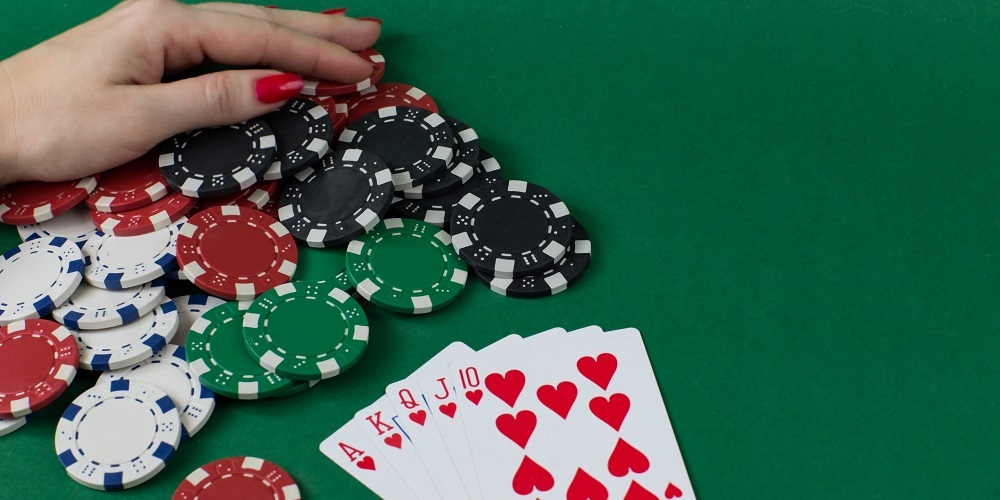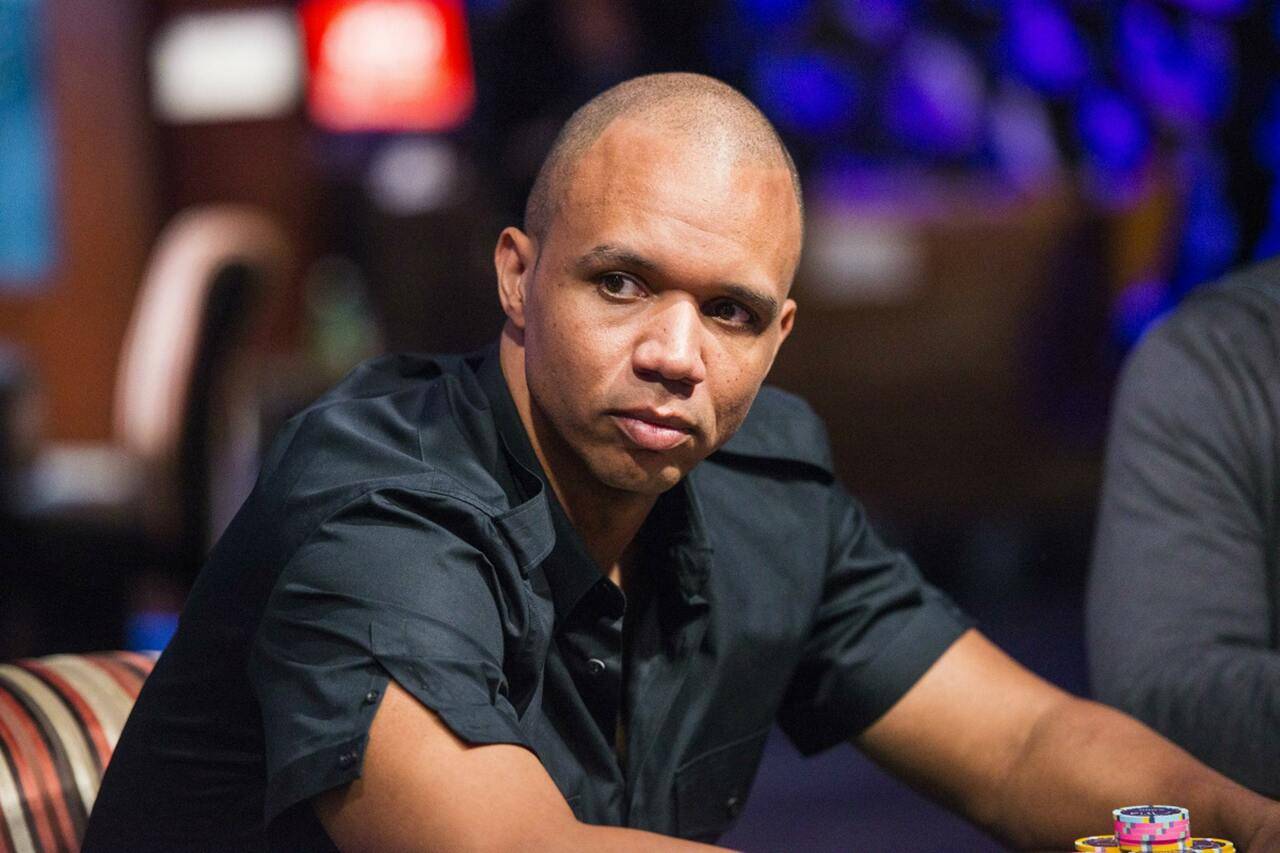

Starting hands in Omaha Poker: everything you need to know

More and more poker fans are deciding to get
started in Omaha poker, and that is why we are going to review the key aspects
of the starting hands in this modality. We are going to focus on Omaha
High, all its basic concepts and we will make a brief review of some
differences with Texas Hold'em hands.
The first thing you should know is that in
Omaha Poker determining the strength of the starting hands is essential
to define our strategy for the future. And by future we mean later in the
round. That is to say, a bad move at the beginning will compromise your game.
Double suited starting
hands

If we had to make a ranking with the 30 best
starting hands of Omaha High poker, they would be the following. And keep
in mind that the representations of 10 usually appear in T if you decide to
train on your own and expand your information with books of professional Omaha
High poker players.
Caption:
10: the card with the number 10. In other sources it may be represented by
a T.
X: undefined card.
*: hand that is not double suited.
- A♦ Aª K♥ K♣
- A♣ A♦ J♥ 10♦
- A♦ A♣ Qª Q♣
- A♥ Aª J♦ J♣
- A♣ A♣ 10♦ 10ª
- A♣ A♥ 9♦ 9ª
- A♥ A♣ X X
- *J♥ 10♣ 9♥ 8ª
- K♦ K♥ Qª Q♥
- Kª K♥ Jª J♥
- *K♥ Q♣ J♣ 10♥
- Kª K♦ 10♦ 10♣
- K♣ K♥ A♥ Q♣
- K♣ K♣ Aª J♦
- Kª K♣ A♥ 10ª
- K♦ K♣ Q♥ Jª
- K♦ K♣ Qª 10ª
- K♦ K♣ J♥ 10♥
- Q♣ Q♥ J♦ J♣
- Q♣ Q♥ 10♦ 10♣
- Q♣ Q♥ Aª K♣
- Q♦ Qª A♥ J♦
- Qª Q♥ A♣ 10♣
- Q♦ Q♥ K♣ J♦
- Q♥ Q♦ K♣ 10ª
- Qª Q♥ J♦ 10♣
- Q♣ Q♦ J♣ 9ª
- Q♣ Qª 9ª 9♣
- J♥ J♥ 10♦ 10ª
- J♣ J♥ 10ª 9ª
Keep in mind that the suits of the cards are
indicative and do not define the strength of the hand, and can be interchangeable
with each other.
Blockers, danglers and
rundowns

These three elements play a crucial role in
Omaha poker strategy. The dangler is a term that refers to the hole cards.
As a general rule, the dangler is a low value card that could not be used in
any hand. If it does not help the four-card hand, it is left out and that is
why it is called a dangler.
For example, if we have Aª K♦ Qª 4♣, we will see that not all cards work
the same. Aª K♦ Qª can help us to tie a straight, but
the 4♣ does not enter in those plans. The 4♣ would be the dangler, in this case.
A hand with a dangler can be folded very
easily. This is because these are hands that do not have coordinated cards, as
in the example we have used. However, you can take advantage of them in late
positions to steal the blinds.
The blockers are, on the other hand, cards that
do not have options to be part of a good play, like the danglers. The
difference is that the dangler is discarded because it does not fit into our
plans to form our hand, and the blocker stays out to avoid weakening our
preflop hand.
For a novice player, detecting a blocker card
can be difficult in some hands. For example, there are combinations in which a
three of a kind enters very well through the eyes and we forget that one of
those cards that is forming the three of a kind is reducing the options that
the deck gives us. That usually comes to us badly, and a powerful hand in
Texas Hold'em can be a disastrous hand in Omaha poker.
For example: we have K♥ K♣ 8♦ 5ª. Perfect, it is a good preflop hand.
It opens a world of possibilities because it has no blockers. We can make
threes, fulls....
Let's change the hand now to K♥ K♣ Kª 5ª. A three of kings is not bad at all...
right? Wrong! In truth, it is a terrible hand for us because one of the kings
is reducing the range of strong hands that we had with the pair of kings. There
we have a blocker in what is, in theory, a good hand. But nothing could be
further from the truth, as you can see.
As for “rundowns”, is a term used to
define four cards in sequential order that have been obtained without jumps. To
be considered rundowns they must be of the same suit, and in Omaha they have
enormous potential if they are not folded cards.
Key points of the starting hands in Omaha Poker
This is not the first time we talk about the differences
with Texas Hold'em, but it never hurts to remember some of them. Mainly,
because if you come from playing well in the Texas variant there are aspects
with which you will have to familiarize yourself playing Omaha poker.
Identifying blocking cards in a theoretically good hand is just one of those
aspects.
For example, being dealt four cards instead of
two, there will be combinations that are not always as good as they may
first appear. For example, holding a pair of kings involves taking some
risks, and a pair of aces is not an excellent choice either.
In fact, you generally have to be careful
with pairs in Omaha poker. They can compromise the hand we are aiming for,
and threes, as in the case we have seen above, can leave us in a bad position,
even with the highest cards.
As a note, keep in mind that in PLO there are more than 16.000 starting hands. Memorizing them is impossible, so, in this variant, experience and adaptability are a very important plus to know when you are in a good position preflop.
You may also like

What is donking in poker: donk bets vs. donk players
Among all the terms used in poker, perhaps "donking" or its Spanish equivalent "donkear" is one of the funniest. It is also one of the most confusing, since it is a qualifier that can accompany a t...

Phil Ivey: who is the Tiger Woods of poker?
One of the best poker players in the world is Phil Ivey. The player for many people is like the Tiger Woods of poker, which means that he is one of the players with the biggest following worldwide....

Spanish Poker Player Claims $175,514.78 Prize
Spanish Poker Player Claims $175,514.78 PrizeThe Spanish poker scene is celebrating an unforgettable start to a monumental week. With the highly anticipated Estrellas Poker Tour set to begin in Bar...













